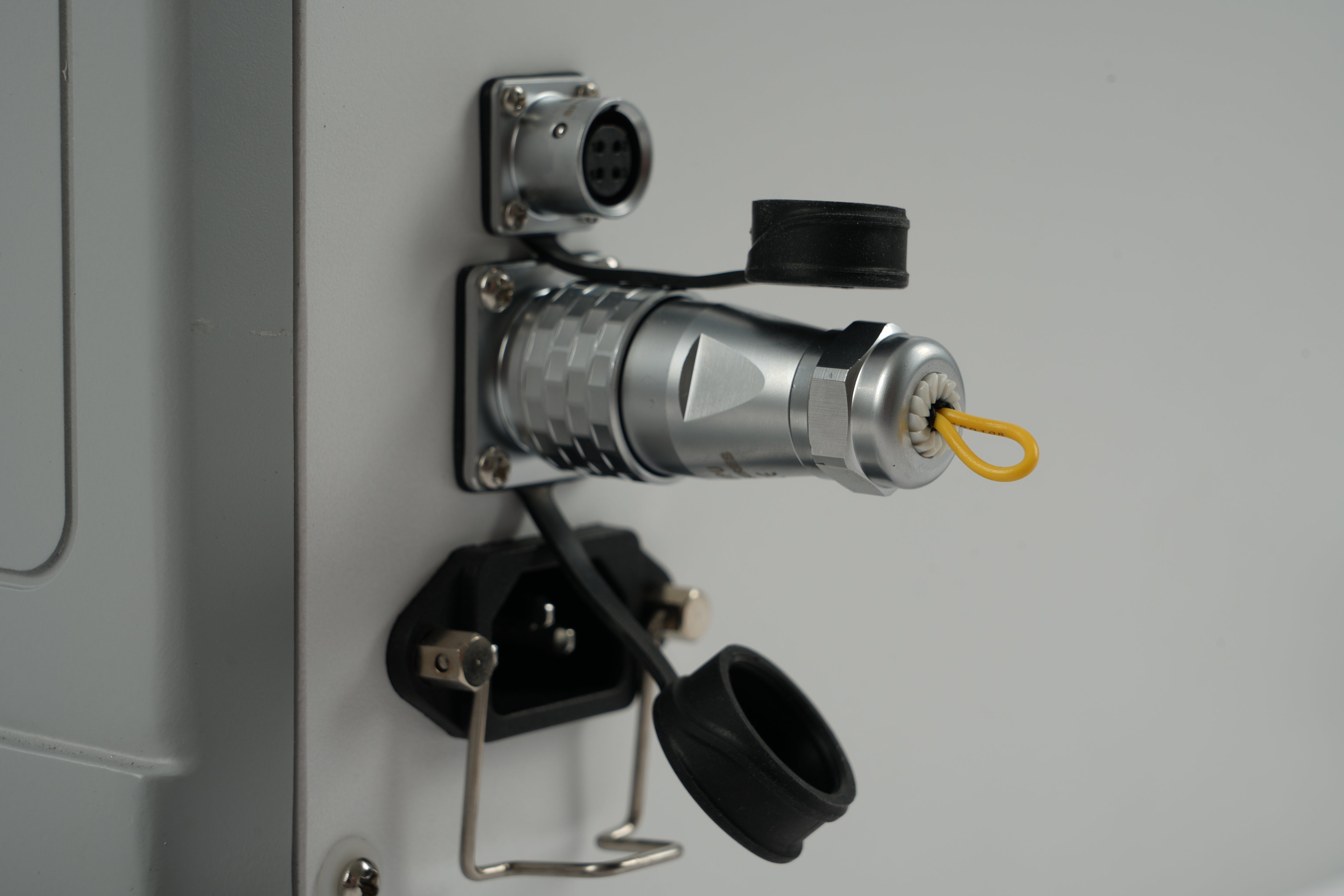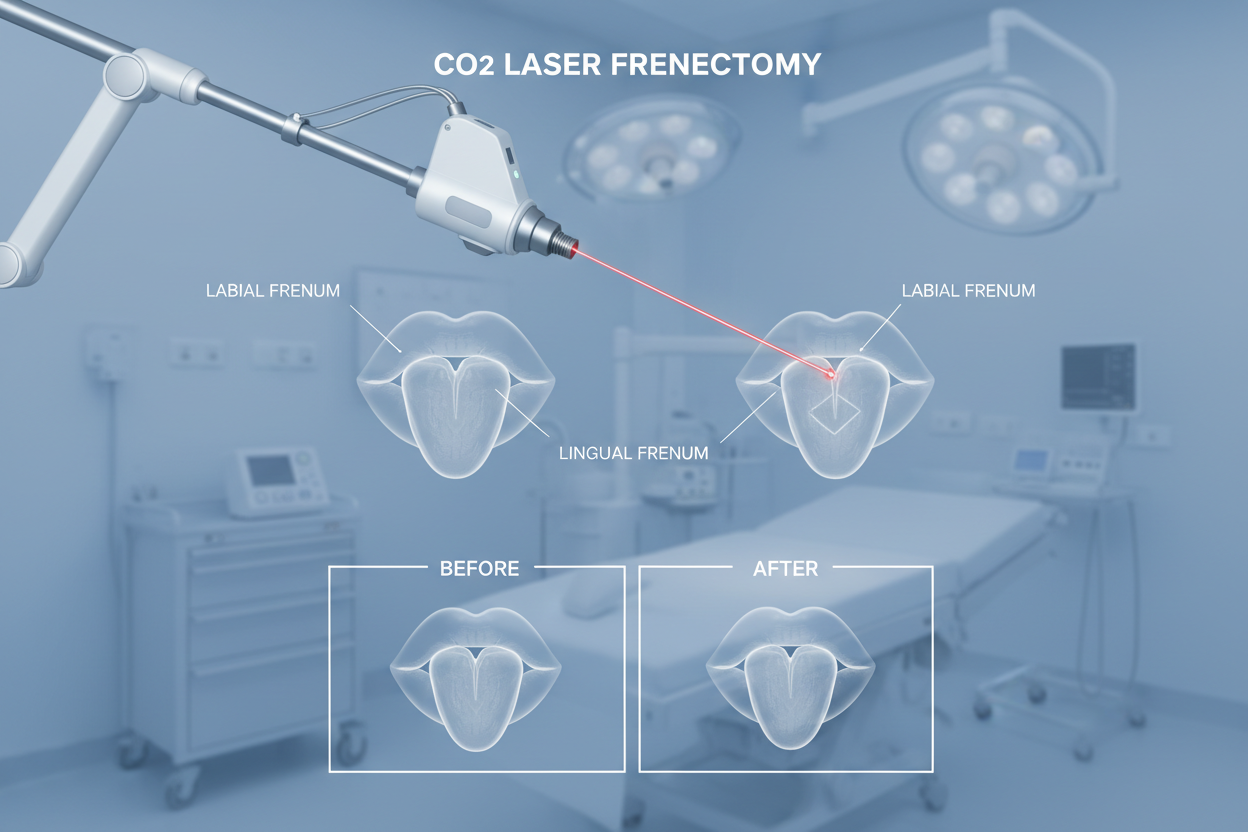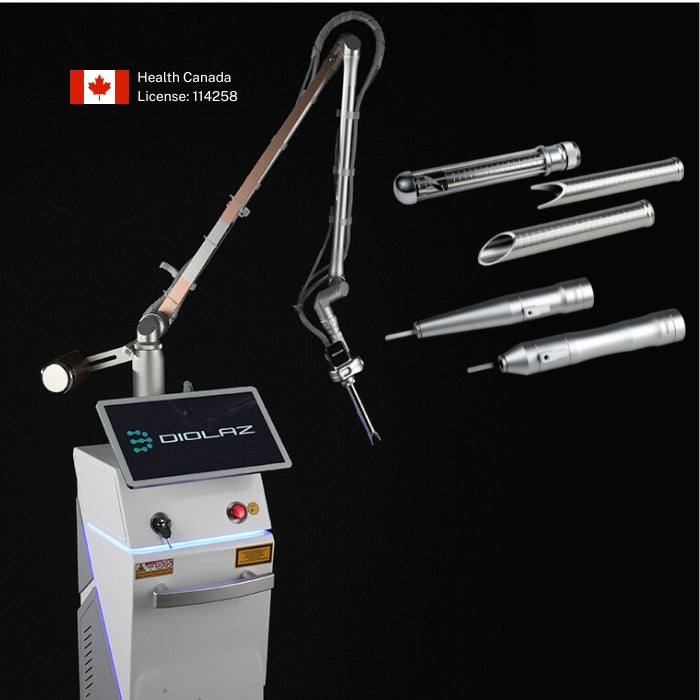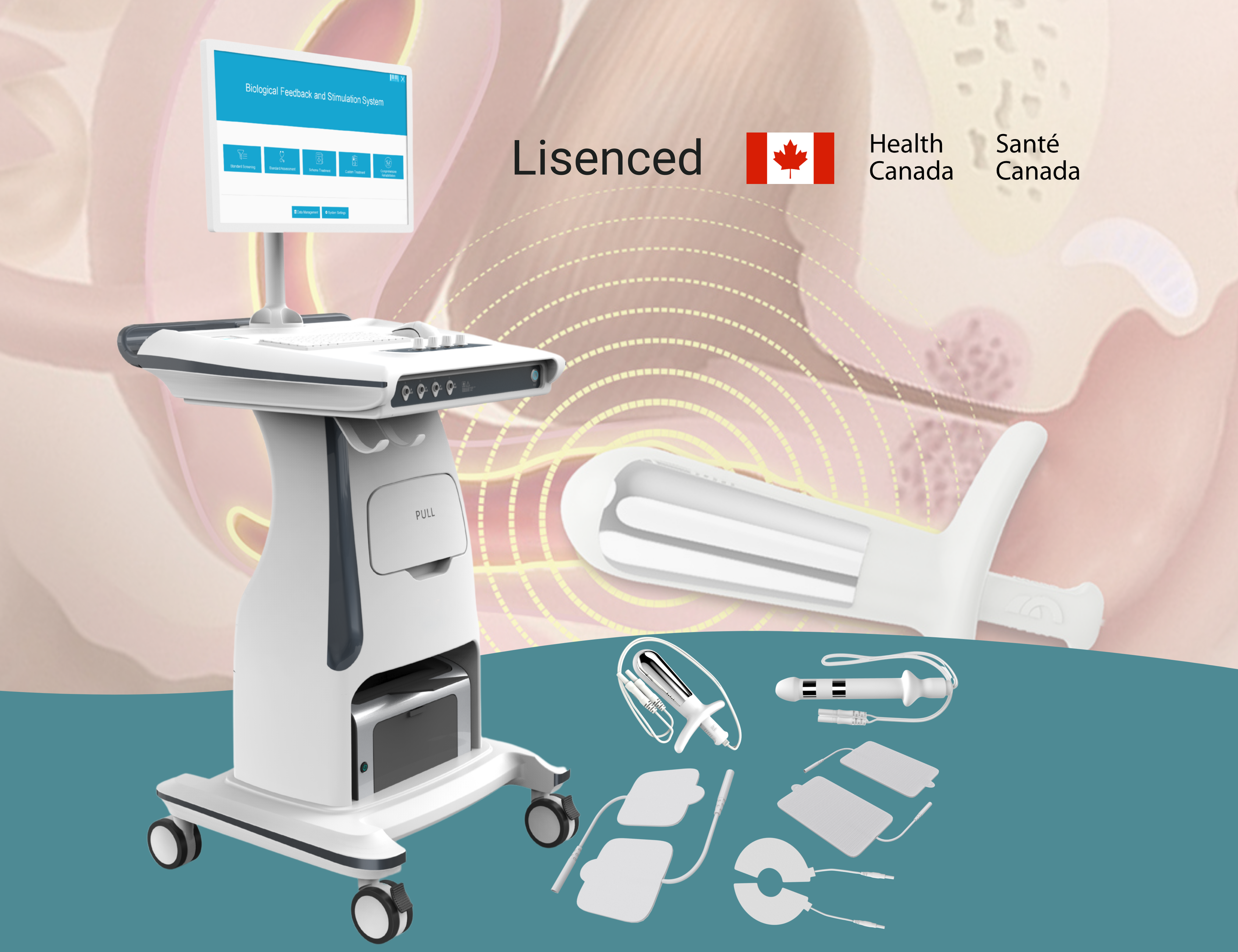Operating a Class IV surgical laser (such as a CO₂ laser) requires more than just training and equipment – it demands a properly controlled environment. Laser room safety standards are designed to protect everyone in the facility from the unique hazards these powerful devices pose. In this deep dive, we explore door interlocks and other key Class IV laser room safety measures, explaining why they’re needed and how they’re implemented.
Why Class IV Lasers Need Special Precautions
Class IV is the highest hazard classification for lasers. It includes all medical CO₂ lasers used in skin resurfacing, surgery, etc. These lasers can cause serious injury:
- Eye injuries: A direct or reflected Class IV laser beam can cause immediate, irreversible eye damage (retinal burns or corneal burns). Because CO₂ lasers emit in the infrared, the beam is invisible and won’t trigger a blink reflex. This makes accidental exposure especially dangerous – one might not even realize a beam is entering the eye.
- Skin injuries: The beam can burn skin instantly. Even scattered reflections from instruments or jewelry could lead to skin burns.
- Fire hazard: Class IV lasers can ignite combustible materials (surgical drapes, alcohol-based prep solutions). Flammable materials must be kept out of the beam path.
- Laser plume: When lasers vaporize tissue, the smoke (plume) can contain harmful airborne contaminants and even live virus or bacteria. Appropriate ventilation or plume evacuation is needed.
Because of these risks, any room where a Class IV laser is used becomes a laser controlled area. Regulatory standards (like the CSA Z386-20 “Safe Use of Lasers in Health Care” in Canada and ANSI Z136.3 in the USA) lay out specific controls for such areas.
Engineering Controls: Door Interlocks and Safety Latches
Door interlocks are a top priority. A door interlock is a safety mechanism that links the laser’s emission to the door status. If someone opens the door while the laser is armed or firing, the interlock will either shut off the laser or prevent it from firing. This is critical: it ensures that no one can inadvertently walk into an active laser beam. In practice, the laser system has a connector that ties into the treatment room door. Clinics often install a magnetic switch on the door frame; when the door opens, the circuit breaks and the laser is automatically put in standby or turned off. Canadian workplace safety resources explicitly recommend “an interlock on a doorway into the laser area that shuts down the laser if the door is opened”.
In lieu of electronic interlocks, some facilities use physical safety latches – essentially locks or barriers so that a door cannot be opened easily during a procedure. However, electronic interlocks are preferred for critical Class IV lasers since they directly control the laser output.
Beam enclosure and stops: Wherever possible, the laser beam path should be enclosed (for example, using tubing or articulated arms) and have a backstop (a high-energy-absorbing block) to terminate the beam. Some laser handpieces come with integrated shields. These engineering controls prevent the beam from traveling into unintended areas.
Administrative Controls: Signage, Training, and Protocols
Engineering solutions like interlocks are the first line of defense, but administrative measures are equally important:
- Warning Signs: Every entrance to a laser room must have appropriate laser warning signage. For Class 4 lasers, a typical sign would read “DANGER – Invisible Laser Radiation. Avoid Eye or Skin Exposure to Direct or Scattered Beam. Class 4 Laser in Use” along with the laser’s specifications. When the laser is in use, a warning light or sign should be activated to alert others (often a red light above the door).
- Laser Safety Officer (LSO): Standards require that a Laser Safety Officer be designated for facilities using Class 3B or 4 lasers. The LSO is responsible for enforcing safety protocols, training staff, and ensuring compliance. They will also conduct regular safety audits of the laser room.
- Training and Authorization: Only trained, authorized personnel should operate or assist with Class IV lasers. Staff must be educated on laser physics, potential hazards, emergency procedures, and proper use of safety equipment. Regular drills on what to do if an incident occurs (e.g. eye exposure or fire) are advisable.
- Personal Protective Equipment (PPE): Eye protection specifically rated for the CO₂ laser’s wavelength (10,600 nm) is mandatory for everyone in the room during use. Regular glasses or generic goggles won’t suffice; laser safety goggles must have the correct optical density at 10.6 μm to block the beam. Protective eyewear should be inspected and readily available at the doorway. Additionally, staff may wear masks to avoid inhaling plume and flame-resistant gowns or drapes if there’s a fire risk.
- Controlled Entry: In addition to interlocks, protocol should ensure the door remains closed and preferably locked when the laser is firing. Some clinics use a door monitor (a person or an automatic system) to ensure no one enters without permission. Entryway curtains or barriers can further stop stray beams from exiting the room if the door is opened.
- Plume Evacuation: A high-filtration smoke evacuator should be used to capture laser plume at the source, protecting staff from bioaerosols and reducing odor.
Compliance and Best Practices
Regulatory bodies like provincial ministries of labor or health inspectors may check laser facilities for compliance. Non-compliance (e.g., lack of interlocks or signage) can lead to penalties or shutdown of laser services until corrected. Adhering to CSA/ANSI standards is considered best practice and often is the expected norm. The cost of implementing these safety measures is minor compared to the potential harm from a laser accident.
In summary, a Class IV laser room must be treated with the same seriousness as an operating theater – with specialized controls to prevent accidental exposure. Door interlocks stand out as a crucial feature that literally links the environment to the laser’s brain, ensuring a safe shut-off in the event of unexpected entry. Combined with comprehensive training, protective gear, and clear protocols, they create a secure working space. When these standards are met, practitioners can focus on the clinical procedure knowing that robust safeguards shield everyone from the laser’s raw power.
References:
- WorkSafe NB – Emphasizes engineering controls like door interlocks that shut down a Class 4 laser if the door is opened, to prevent accidental exposure.
- CCOHS Guidance – Advises use of safety latches or interlocks to prevent unauthorized access to a controlled Class 3B/4 laser area, per CSA Z386-20 standards.
- CCOHS – Notes that facilities using lasers should have a Laser Safety Officer and committee to ensure laser safety procedures are in place, as required by Canadian standards.
- CCOHS – Explains why CO₂ lasers pose high eye injury risk (invisible beam with no blink reflex), underlining the need for strict Class IV controls.





Partager:
The Role of Cooling Systems in Skin Safety During Laser Treatments
Advancing Urinary Incontinence Treatment with Pelvic Floor Rehabilitation Technology